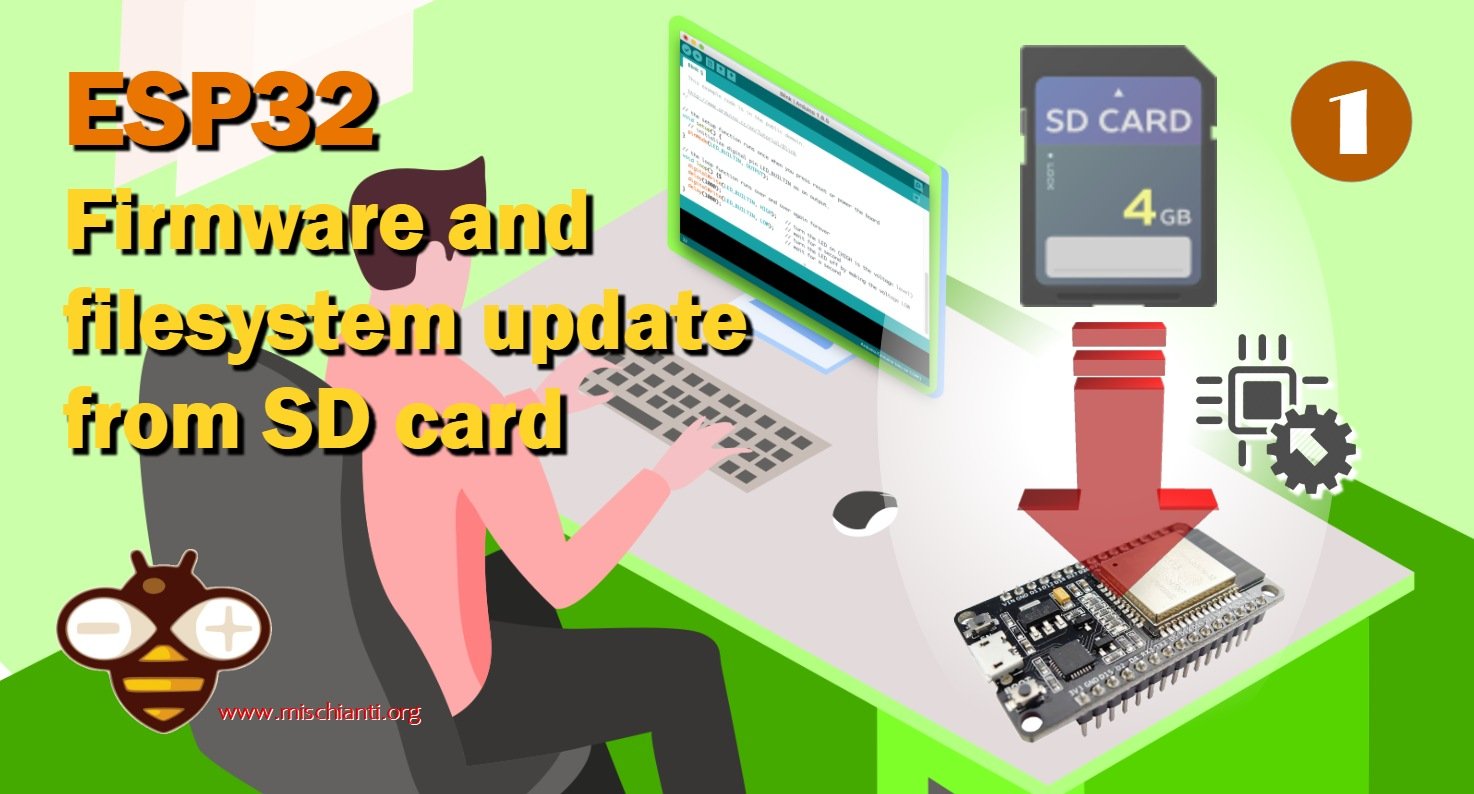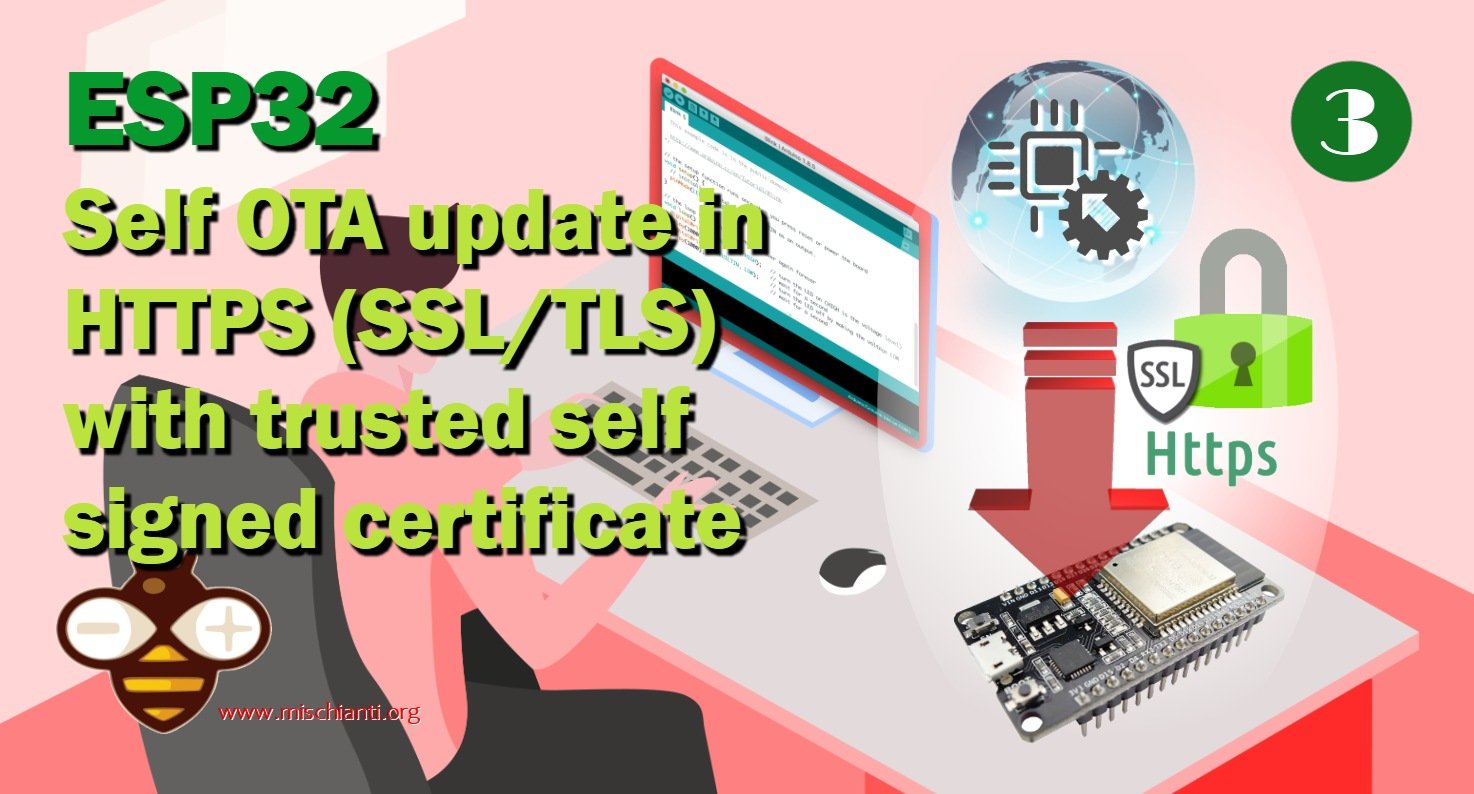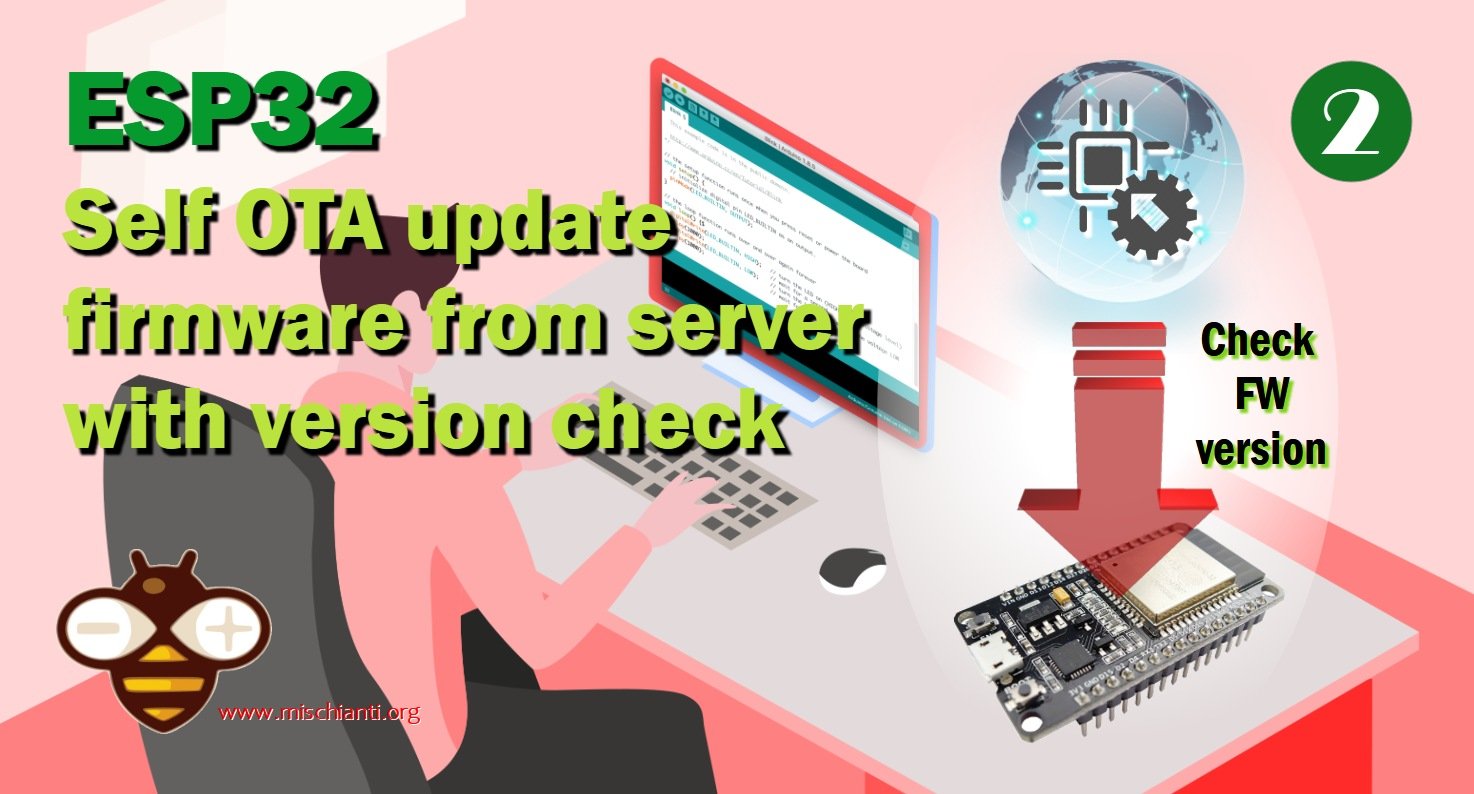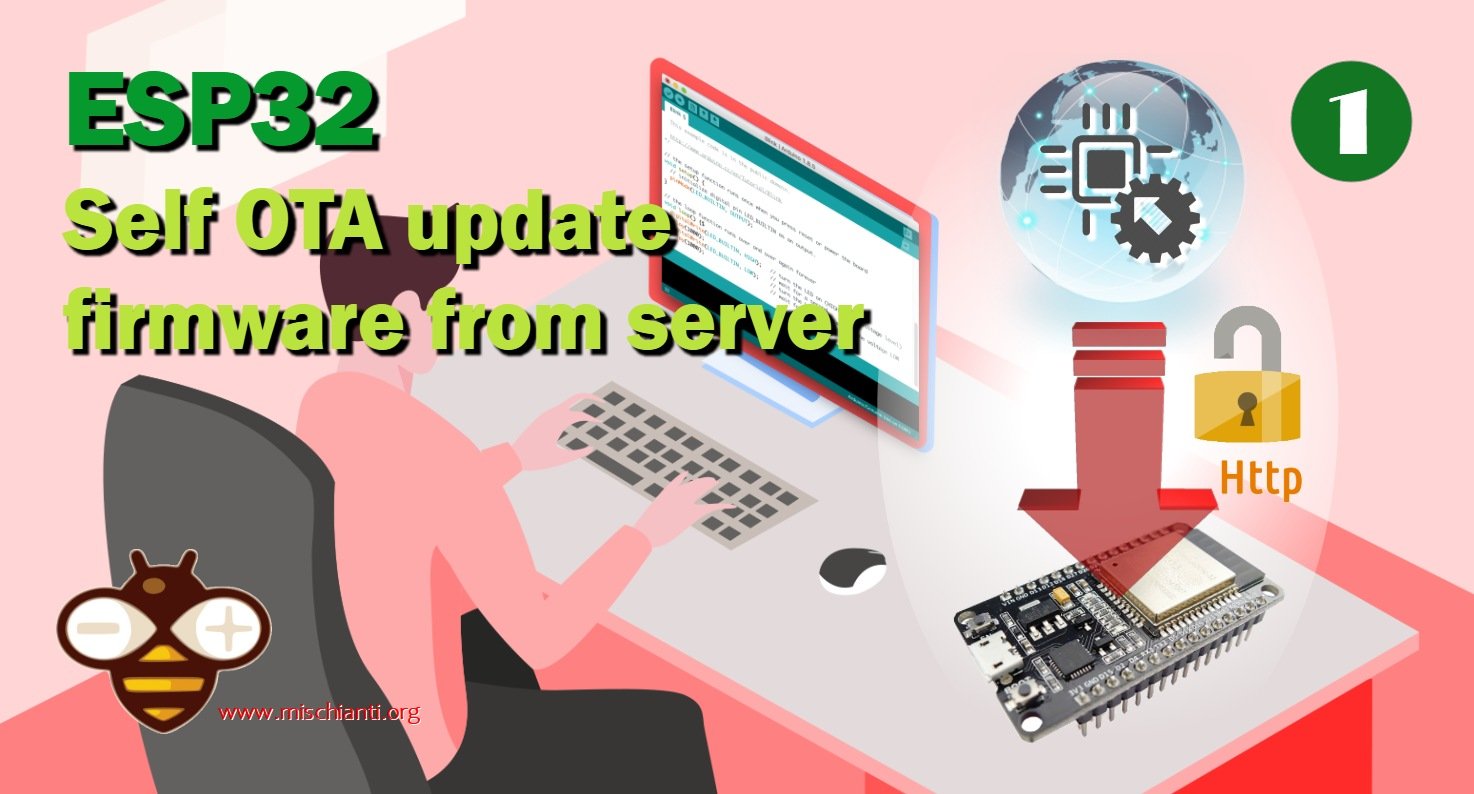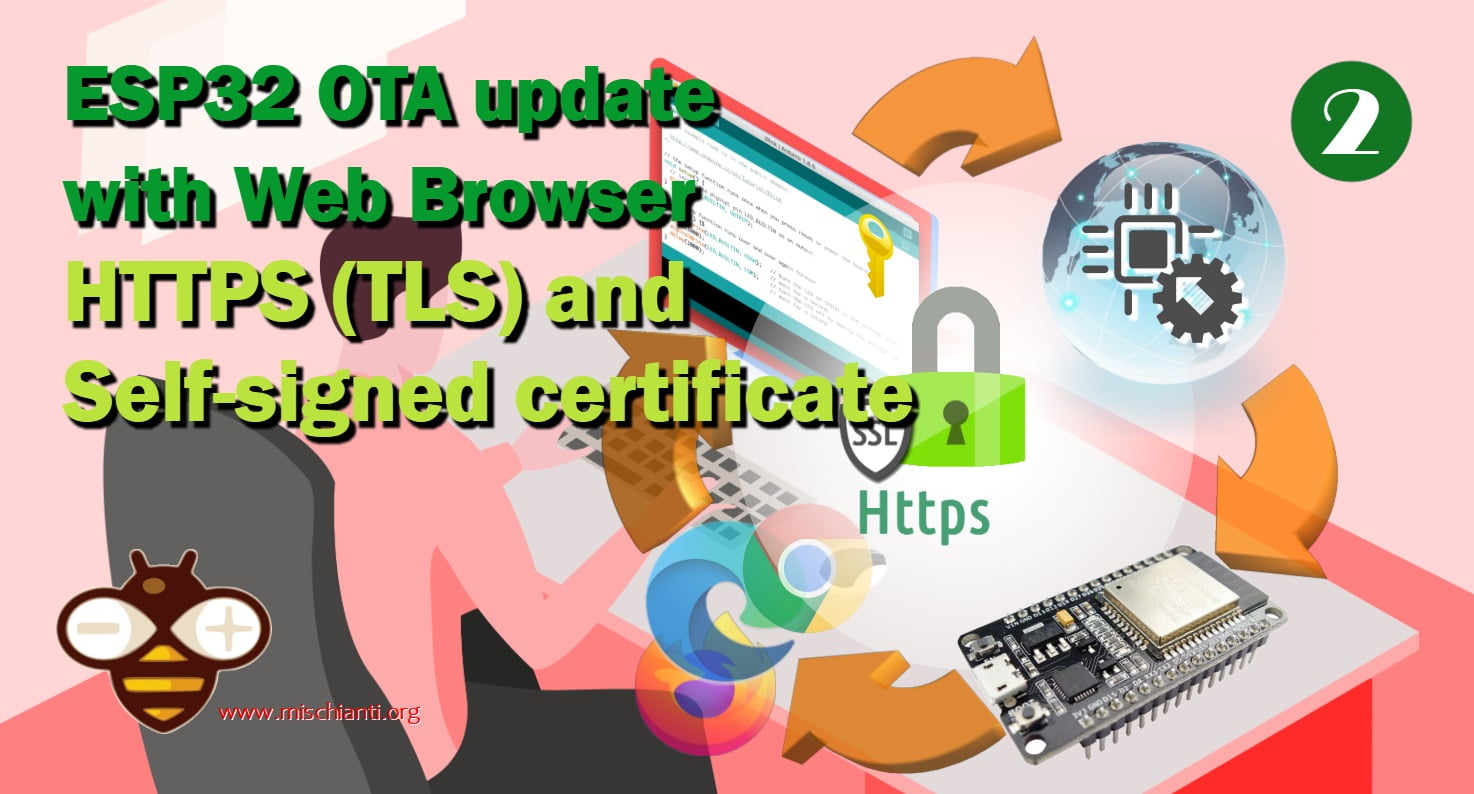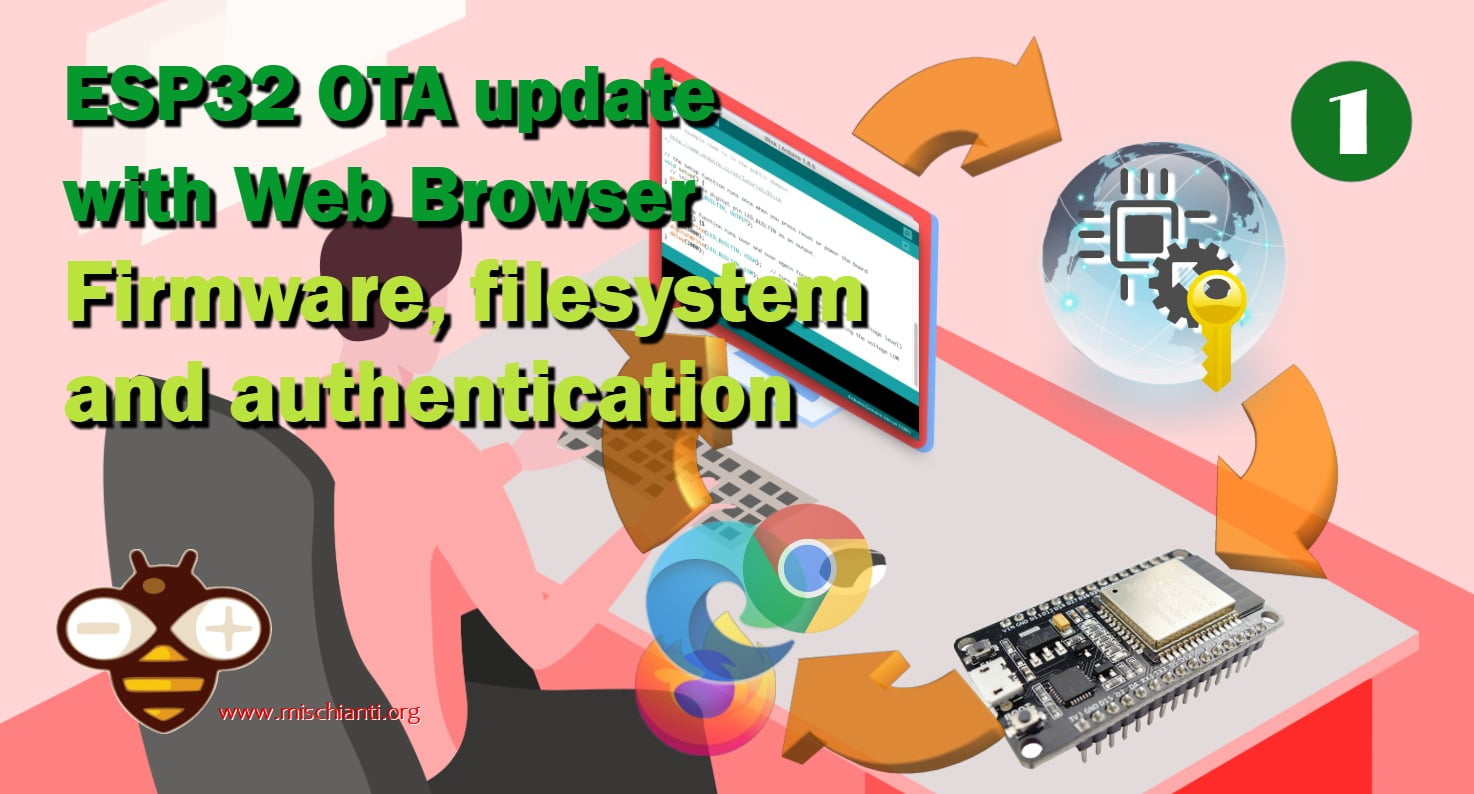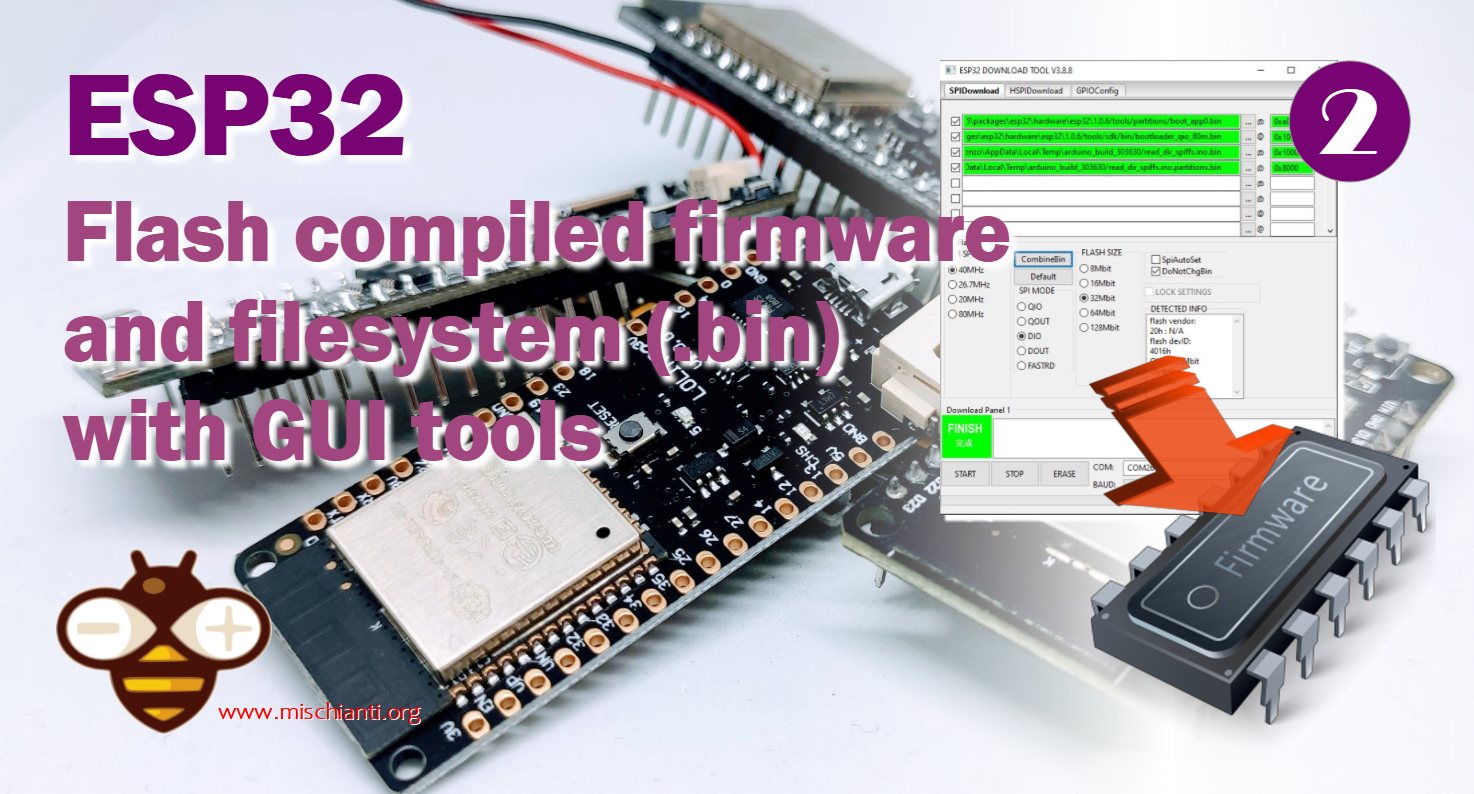ESP32 firmware and filesystem update with FTP client – 2
Welcome to the final article in our ESP32 firmware and OTA update management series. Today, we’ll explore using an FTP client to update the firmware and filesystem on an ESP32 device. Join us as we delve into this last technique, equipping you with valuable insights for managing updates on your ESP32 projects.


